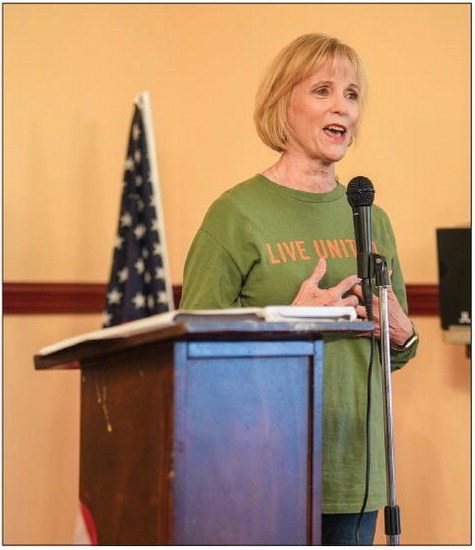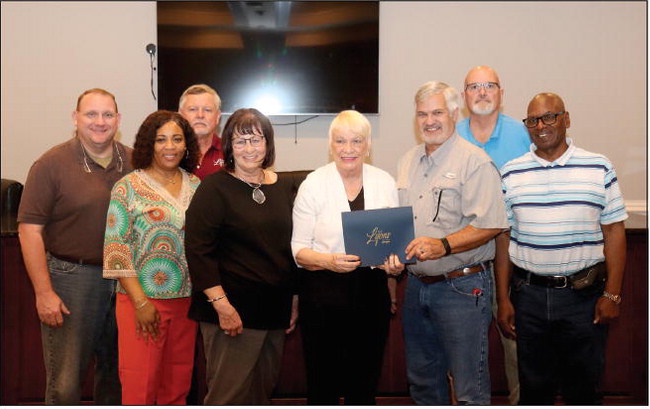Family history increases risk for breast cancer
Millions of people across the globe will be diagnosed with breast cancer this year. In fact, only certain skin cancers affect more women than breast cancer within the United States and Canada. The World Cancer Research Fund International says breast cancer is the most commonly diagnosed cancer in women across the globe.
Belgium, The Netherlands and Luxembourg had the highest number of breast cancer cases in 2020, while Barbados and Fiji had the greatest number of deaths attributed to the disease. Some of these high case numbers may be attributed to women with family histories of breast cancer – something that increases risk significantly.
BreastCancer.org indicates that women with close relatives who have had breast cancer, such as sisters, mothers or grandmothers, are at considerably higher risk of developing breast cancer themselves. Also, breast cancer may occur at a younger age in women with family histories of the disease. Understanding breast cancer risk is vital for women's health. The following breakdown, courtesy of the Centers for Disease Control and Pre vention, can help women from all backgrounds understand their risk for breast cancer.
Average risk: No rst- or second-degree relatives with breast or ovarian cancer, or one second-degree female relative with breast cancer (in one breast only) diagnosed after age 50.
Moderate risk: is is a somewhat higher risk that may not turn into breast cancer. It occurs when there is one or two first-degree or two second-degree female relatives with breast cancer (in one breast only), with both relatives diagnosed after age 50; otherwise, one or two first- or second-degree relatives with high grade prostate cancer.
Strong: Women with strong risks have much higher chances of developing breast cancer than the general population. Conditions like having one or more first- or seconddegree relatives with breast cancer diagnosed at age 45 or younger, triple negative breast cancer, primary cancer of both breasts, and both breast and ovarian cancer in the same relative are warning signs of increased risk. It's important for women with increased risk for breast cancer due to family history to discuss options with their doctors. More frequent mammograms and other screening tests may be recommended, and screening at younger ages than the standard age also may be considered. Women who are at high risk may be urged to undergo genetic counseling and testing for hereditary breast and ovarian cancer markers. Breast cancer can be an especially scary prospect for women with family histories of the disease. By familiarizing themselves with their risks for breast cancer, women can take the necessary steps to protect their long-term health.







